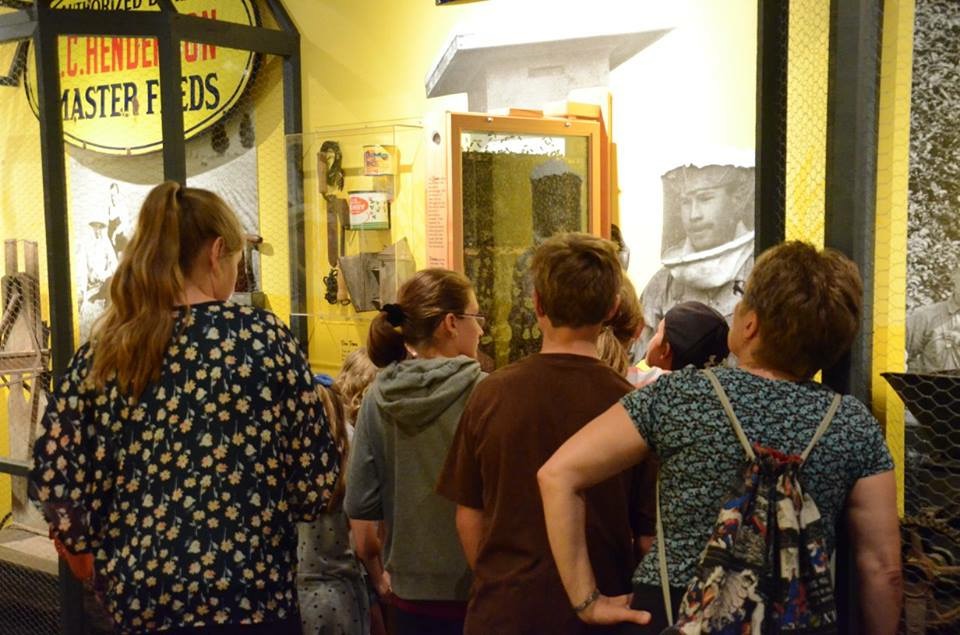How do you describe this land called Simcoe County? Rolling sand dunes, rugged escarpment, rich marsh soil, dense forests, sandy beaches, clear waters? All of the above?
Our varied landscape has provided a wealth of natural resources for the people who have lived here. Important for work, recreation, and even survival, these resources have influenced the development of the County.
Simcoe County’s earliest inhabitants made good use of our plentiful resources. They hunted, fished, and found food and shelter in the forests. Stone, bone, shell and wood were used to make tools. Their pots and pipes were created from clay, fishing nets from hemp, and canoes from birch bark.
Mnjikaning is the Anishinaabe word for “the place of the fish fence” in the Lake Simcoe region and also the name of a First Nation.
Mnjikaning is one of the oldest human developments in North America. Using a complex system of underwater fences (weirs), fish were directed to an area where they could easily be speared or netted. Located at the Narrows between Lakes Simcoe and Couchiching, these weirs were in continuous use by Aboriginal peoples until the 1930s.
The Mnjikaning site was more than a place for fishing. Over time, it became a traditional meeting place for Aboriginal nations where agreements would be struck, treaties made, goods exchanged and given, stories told, spiritual ceremonies conducted. Mnjikaning Fish Weirs was declared a National Historic Site of Canada in 1982.
Information courtesy of Mnjikaning Fish Fence Circle.



